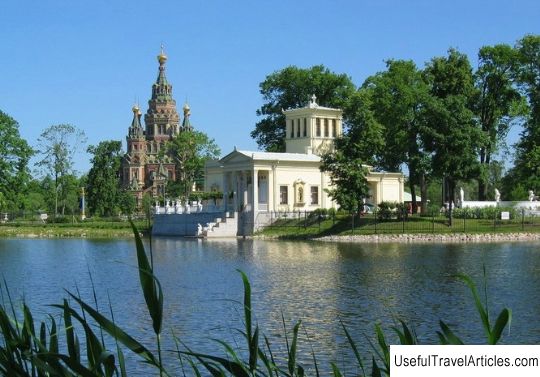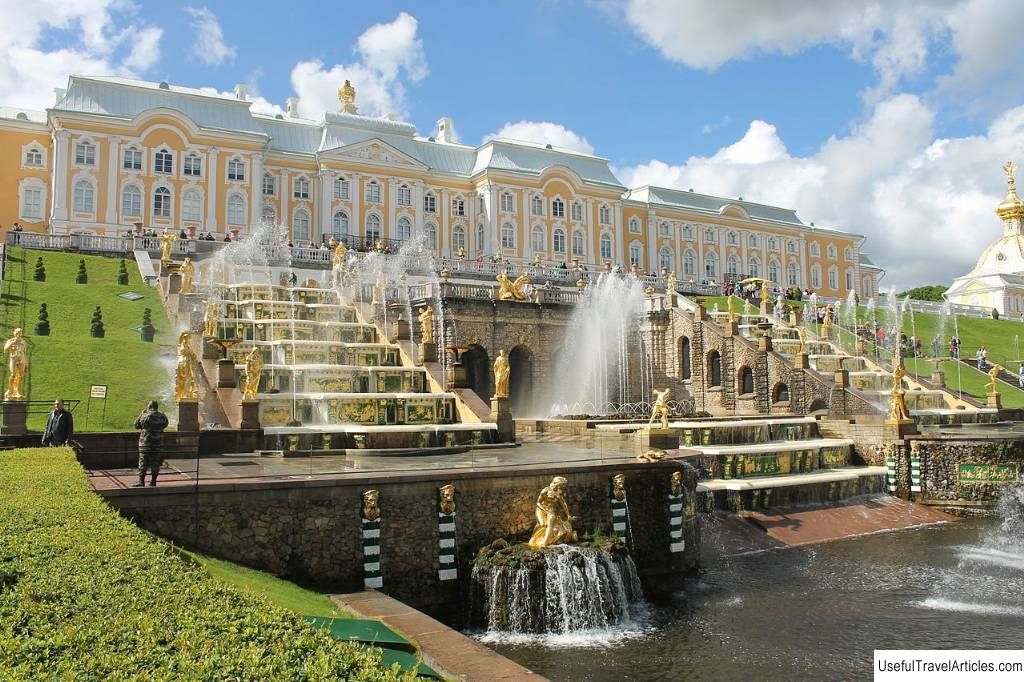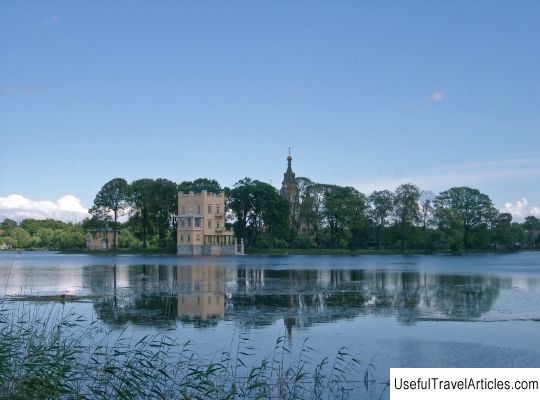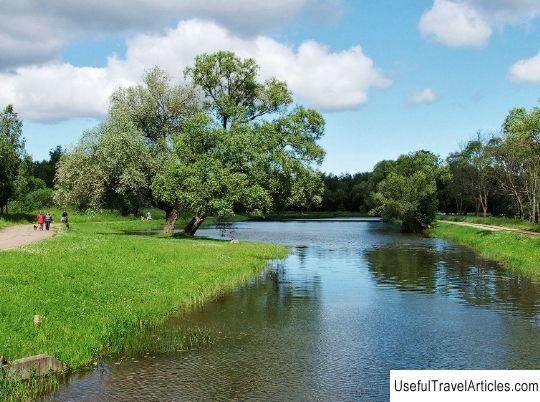Tsaritsyn pavilion description and photos - Russia - St. Petersburg: Peterhof
Rating: 7,8/10 (560 votes) 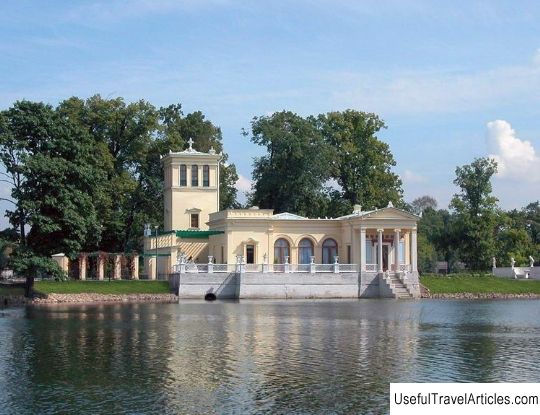
Tsaritsyn Pavilion description and photos - Russia - St. Petersburg: Peterhof. Detailed information about the attraction. Description, photos and a map showing the nearest significant objects. Photo and descriptionThe Tsaritsyn Pavilion is located in Peterhof, being the main building of the Kolonist Park. The pavilion was built in 1842-1844. for the wife of Nicholas I, Alexandra Feodorovna in the fashionable at that time "Pompeian" style. The building reproduces the appearance of ancient Roman houses that were found during the excavations of Pompeii near Naples. The building is located in the middle of the Olginiy Pond on Tsaritsyn Island and is surrounded by a flowering garden with statues, fountains, marble benches. On this secluded island, the architect A.I. Stackenschneider and garden master P.I. Erler made an attempt to create a certain model of "paradise", an ideal romantic world, which Alexandra Feodorovna dreamed of. The premises of the pavilion included: a dining room, a pantry, a living room, a room with three niches, an atrium, the empress's study, an external staircase, a terrace and an internal garden. The main entrance to the pavilion is located on the south side. It is decorated with a small loggia with marble columns. Entering the pavilion, you immediately find yourself in an atrium flooded with light. In Pompeii, the atrium was the main part of the house, which was closed on all sides and had a skylight on the ceiling. Due to the fact that there were no windows, the house was not stuffy in hot weather. And when it rained, water collected in the impluvium pool in the center of the atrium. The atrium in the Tsarina's pavilion is arranged in the same way. In the center is a square pool with a vase fountain. In the corners of the pool there are four columns of gray marble supporting the roof. But due to the variability of the Russian climate, Stackenschneider had to arrange a glass dome that closes in the cold season. The figures of fantastic monsters acted as gutters. The painting of the walls of the atrium was made by I. Drollinger according to drawings by A.I. Stackenschneider. On the parapet of the pool there are bronze sculptures brought by the emperor from an Italian trip in 1845 To the right of the atrium is a room with three niches, which corresponds to an antique exedra or a rest room. In the niches there are blue semicircular sofas. On a separate pedestal there is a marble sculpture "Psyche" by Chinchinato Baruzzi. Through the atrium you can get into the living room - the largest hall in the pavilion. The opening that connects the atrium and the living room is decorated with two columns of black and white "antique" marble and a statue of a lying woman (sculptor F. Lamotte). The perspective that opens from the living room towards the atrium is the most beautiful in the Tsarina's pavilion. The walls of the living room are decorated with bright red panels with small dark medallions depicting griffins. On the fireplace there is a bust of a Roman woman in marble (2nd-4th centuries) and two porcelain vases painted as antique (1830). The floor of the dining room is decorated with authentic Pompeian mosaics of the 1st century AD. The framing of the mosaic consists of stripes of marble and porphyry and was made according to the project of Stakenschneider at the cutting factory of Peterhof. The Empress's study is a narrow room that ends in a semicircular niche with a sofa of crimson cloth. Oriental motifs are brought into the interior of the study by two twisted mosaic columns of the 12-14th centuries. The door from the study opens into the inner garden. After going through the courtyard and climbing the outer stairs, you can get to the emperor's office. From here, a narrow spiral staircase leads to the top of the tower. There is a beautiful view of the flower garden and the pond from there. In the inner garden there are two fountains - a small mascaron fountain and the Eagle and the Serpent fountain (sculptor Marquisini). To the left of the garden there is a terrace, which is framed by an openwork cast-iron parapet with vases. The emperor's family used this pavilion as an entertainment pavilion. The Empress came here with her retinue to see the illumination or to drink tea. After the revolutionary events of 1917, a museum was opened in the pavilion, which existed until 1933. During the repressions, the Tsaritsyn pavilion was closed, and museum values were transported to the storerooms of the Grand Palace. During the occupation, an observation post was set up in the pavilion by the Nazis. The building was badly damaged, but not destroyed. Sculpture, what remained on the island was broken, wooden elements were used as firewood. The restoration work in the Tsaritsyn pavilion was completed by 2005 and the museum was opened to visitors.        We also recommend reading Christ Church Cathedral description and photos - Great Britain: Oxford Topic: Tsaritsyn pavilion description and photos - Russia - St. Petersburg: Peterhof. |
